Let's Grow Mugwort Together!
Growing mugwort (Artemisia vulgaris) is a rewarding activity that can be enjoyed by both novice and experienced gardeners. This versatile plant, also known as common wormwood or felon herb, has been used for centuries in traditional medicine, culinary practices, and even in crafting. Here’s a detailed guide to help you get started on your mugwort growing journey.
1. Choosing the Right Location
Mugwort thrives in full sun to partial shade. It prefers well-draining soil but can tolerate a wide range of soil types, including clay and sandy soils. A location with good air circulation is ideal to prevent fungal diseases.
2. Soil Preparation
Before planting, prepare the soil by removing any weeds and debris. Loosen the soil to a depth of about 12 inches and mix in some compost or well-rotted manure to improve fertility and drainage. Mugwort is not particularly fussy about soil pH but generally prefers a slightly acidic to neutral environment (pH 6.0 to 7.5).
3. Planting Methods
Seeds:
- Sowing: Sow mugwort seeds in early spring or late fall. Scatter the seeds on the surface of the prepared soil and lightly press them into the ground. Do not cover the seeds with soil, as they need light to germinate.
- Germination: Keep the soil moist until the seeds germinate, which typically takes 14 to 21 days.
Cuttings:
- Taking Cuttings: In late spring or early summer, take stem cuttings from a healthy mugwort plant. Each cutting should be about 4 to 6 inches long and have several leaves.
- Rooting: Remove the lower leaves and dip the cut end in rooting hormone. Plant the cuttings in a pot filled with a mixture of peat moss and perlite. Keep the soil moist and place the pot in a warm, bright location out of direct sunlight.
- Transplanting: Once the cuttings have rooted (usually in 4 to 6 weeks), transplant them to their permanent location in the garden.
Division:
- Dividing Plants: In early spring or fall, dig up an established mugwort plant and divide it into smaller sections. Each section should have roots and shoots.
- Planting: Replant the divisions in the prepared soil, spacing them about 18 to 24 inches apart to allow for adequate growth.
4. Watering and Fertilizing
- Watering: Mugwort is drought-tolerant once established, but young plants will benefit from regular watering. Water deeply once a week, allowing the soil to dry out slightly between waterings.
- Fertilizing: Mugwort does not require heavy fertilization. A light application of a balanced fertilizer in early spring can promote healthy growth.
5. Pruning and Maintenance
- Pruning: Prune mugwort in late winter or early spring to remove dead or damaged stems and encourage bushy growth. You can also pinch back the tips of the stems during the growing season to promote branching.
- Weeding: Keep the area around the plants free of weeds to reduce competition for nutrients and water.
6. Harvesting and Uses
- Harvesting: Harvest mugwort leaves and flowers in mid-summer when the plant is in full bloom. Cut the stems just above a set of leaves, leaving enough foliage for the plant to continue growing.
- Drying: Hang the harvested stems upside down in a warm, dry, and well-ventilated area. Once dry, store the leaves and flowers in an airtight container.
- Uses: Dried mugwort can be used in herbal teas, smudge sticks, and sachets. It is also used in traditional medicine to treat digestive issues, menstrual cramps, and insomnia.
7. Pests and Diseases
Mugwort is relatively resistant to pests and diseases. However, it can occasionally be affected by aphids, spider mites, and powdery mildew. Monitor the plants regularly and treat any issues promptly with appropriate organic methods.
8. Companion Planting
Mugwort is a good companion plant for many vegetables and herbs. It is believed to repel insects and improve the health of nearby plants. However, it can be invasive, so it is best to plant it in a contained area or with a barrier to prevent it from spreading.
9. Propagation Tips
- Self-Seeding: Mugwort can self-seed prolifically, so if you want to control its spread, deadhead the flowers before they go to seed.
- Container Growing: Mugwort can also be grown in containers, which can help contain its spread and make it easier to manage.
By following these steps, you can successfully grow mugwort in your garden and enjoy its many benefits. Whether you are interested in its medicinal properties, culinary uses, or simply its ornamental value, mugwort is a versatile and rewarding plant to cultivate. Happy gardening!
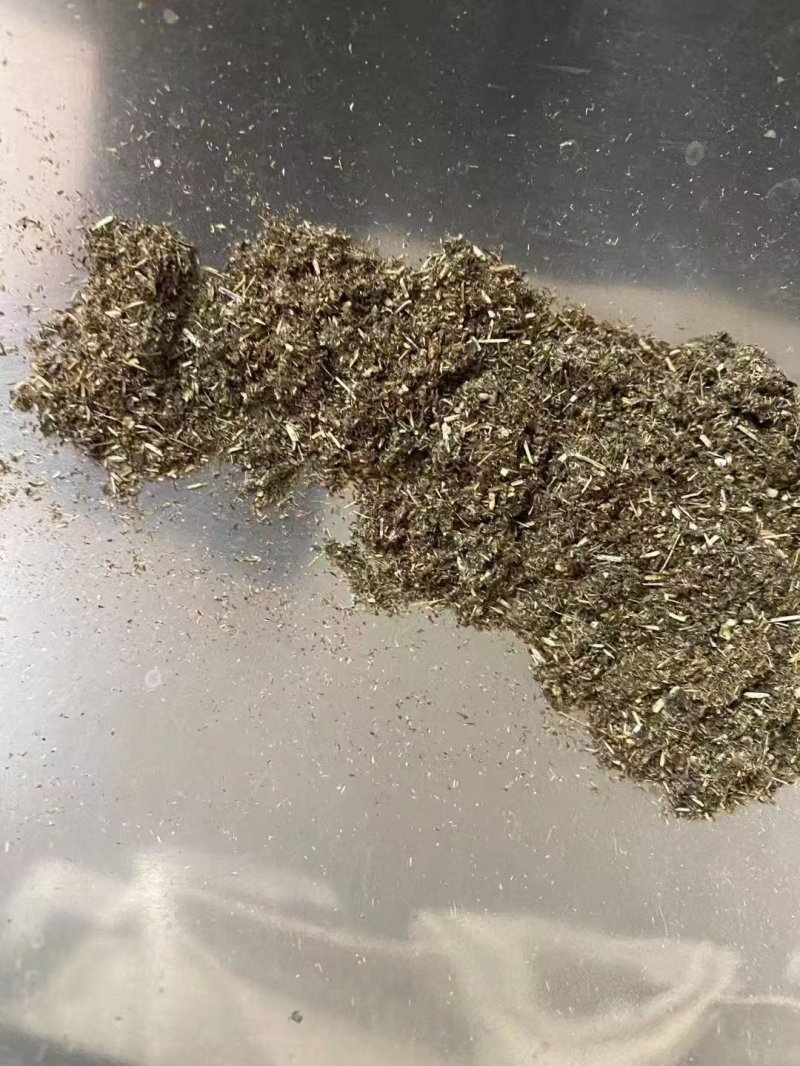
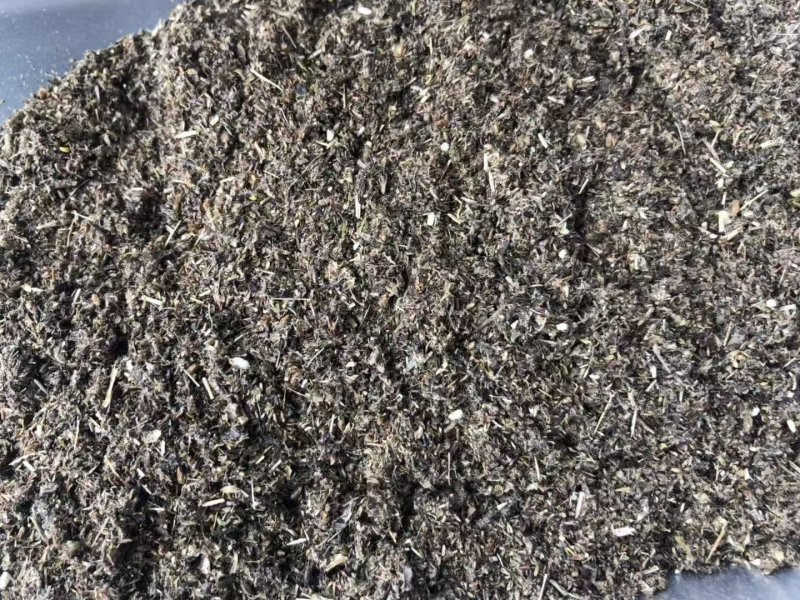
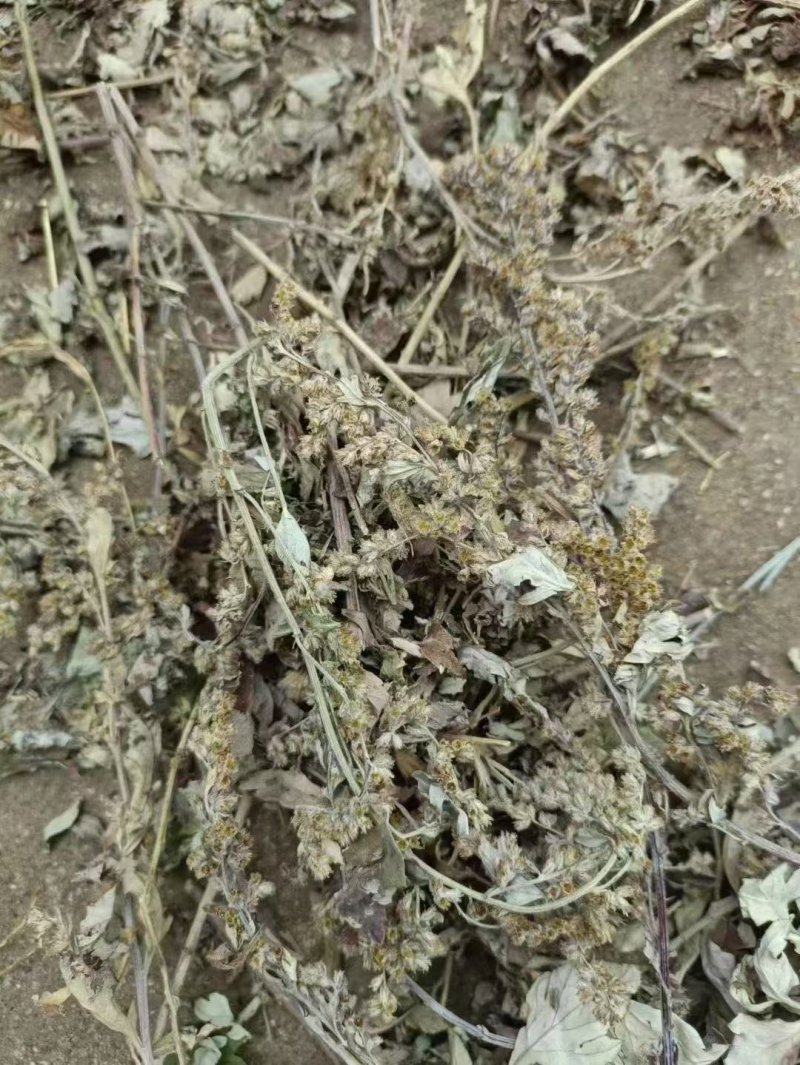
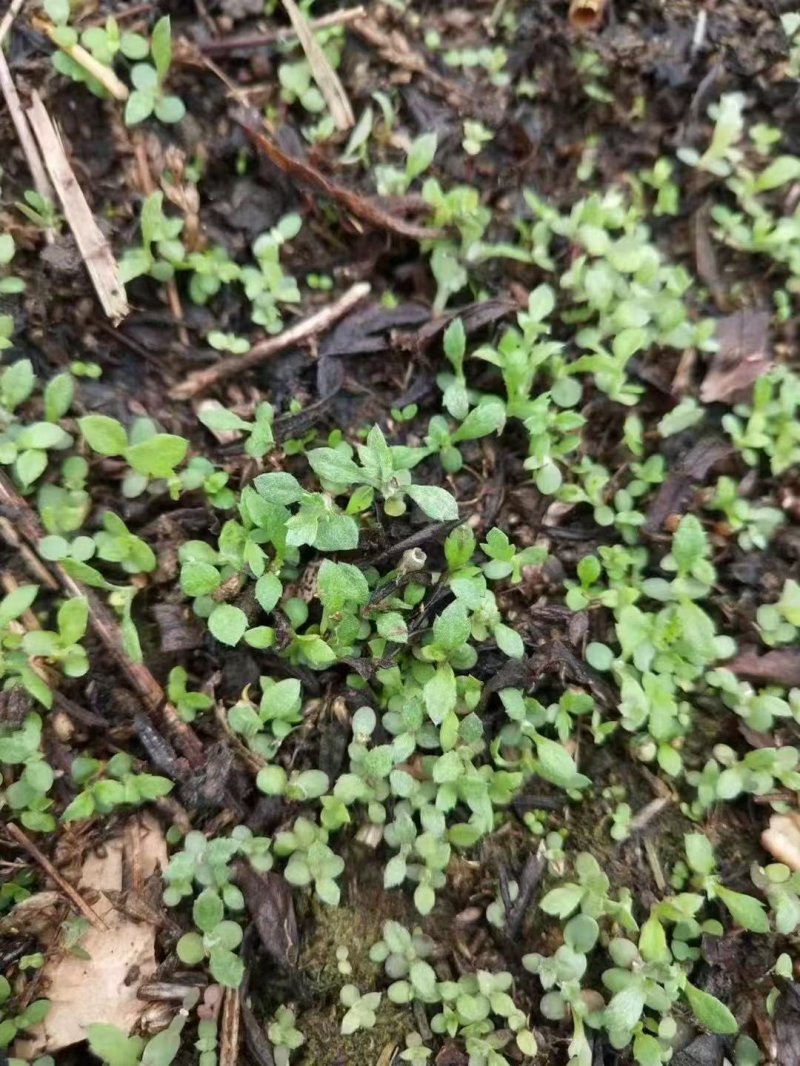
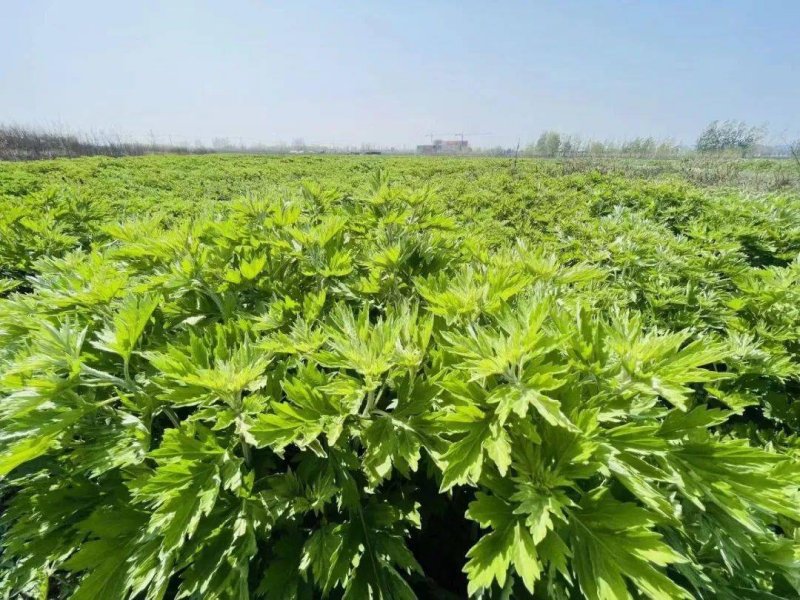
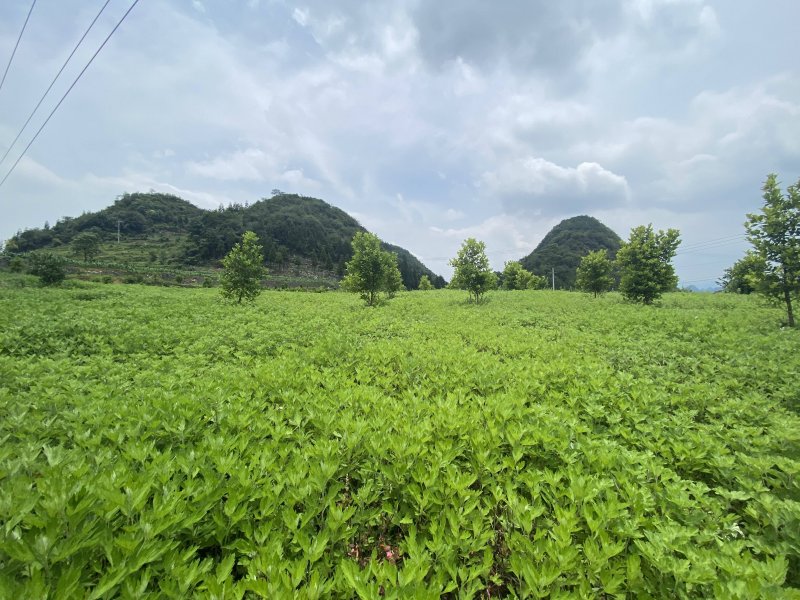
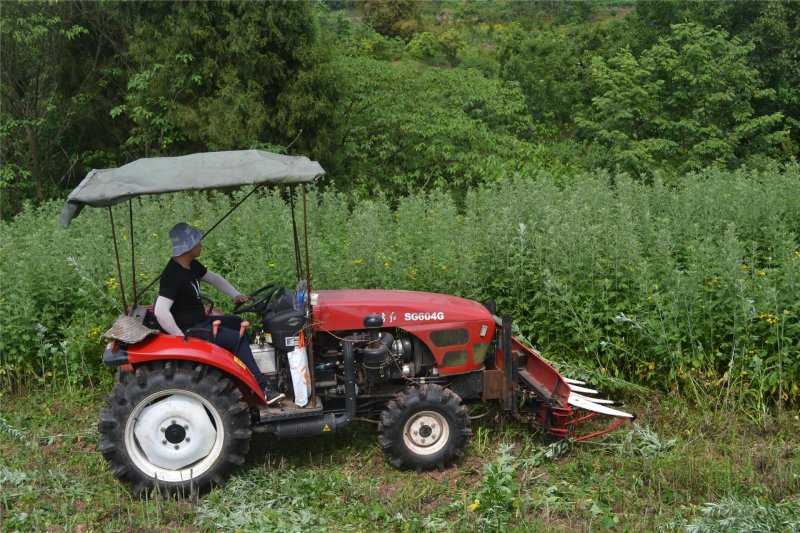
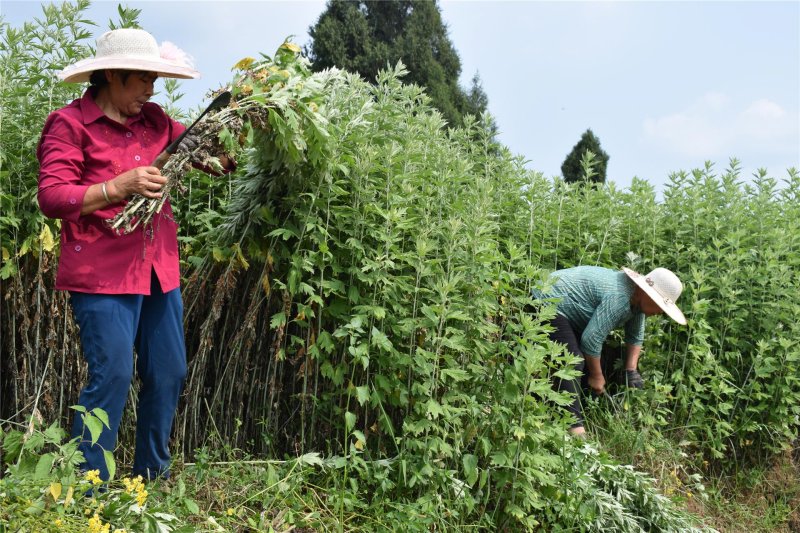

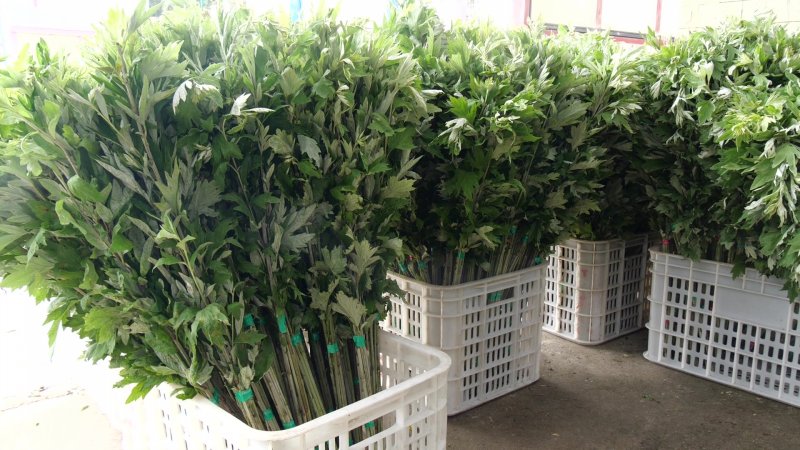
品名:艾草種子
高度:90~180cm
特點(diǎn):生長(zhǎng)快,抗性好,產(chǎn)量高。
種植量:3~4kg/畝
種植期:春秋/視地區(qū)
適播地:排水通暢,光照充足,不挑土壤。
供應(yīng)規(guī)格:種子/小苗
